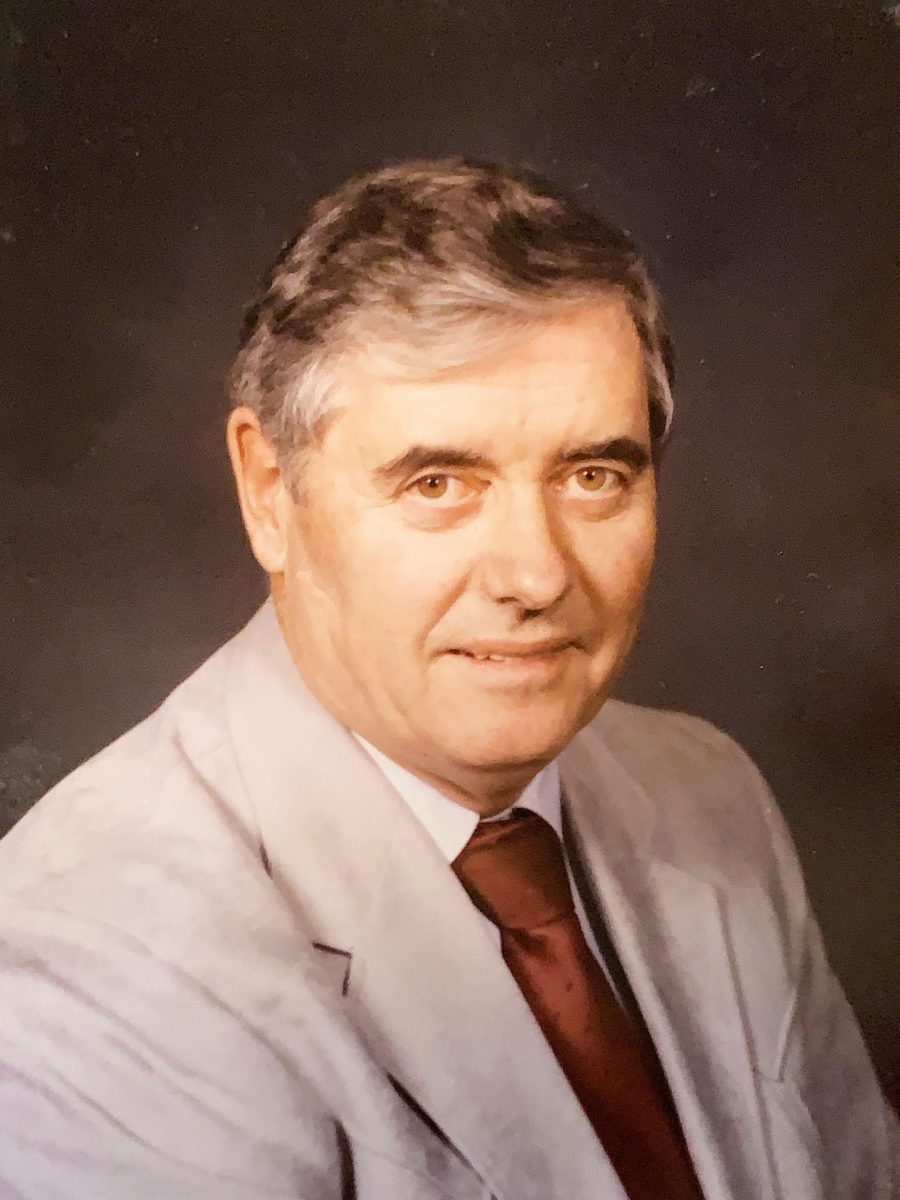BISMARCK, N.D. (AP) — A pilot project in North Dakota is testing whether sending a substance with the consistency of maple syrup down oil wells will help increase production.
The process involves combining so-called biosurfactant with water and pumping the mixture into wells where it will reach cracks in the rock formed when the oil is extracted by fracking. The goal is to reduce the attraction between rock and oil in order to recover more crude.
If successful it could also benefit North Dakota farmers because materials such as canola oil and sugar beets facilitate the fermentation process necessary to create the biosurfactant.

The project is being funded in part by a $206,000 state grant approved by the North Dakota Industrial Commission, The Bismarck Tribune reported.
“All the big players see this as a potentially low-cost, low-carbon footprint way of extracting more of the original oil in place in the Bakken,” said Jon Rogers, CEO of The Woodlands, Texas-based Locus Bio-Energy Solutions.
Locus developed the biosurfactant and is partnering with Minot-based Creedence Energy Services to test it in North Dakota. Creedence provides chemical treatments to wells to protect against corrosion and scale buildup.
“We’re like the doctors and pharmacists of the oil fields,” Creedence President Kevin Black said.
The companies are planning to test the biosurfactant down a handful of horizontal wells in the North Dakota oil patch, targeting those that are several years old with declining production. They also will test it down older vertical wells.
In Texas, where the biosurfactant has already been tested, regulators have approved it as a means for oil companies to obtain a state tax credit. The product has been applied to more than 300 wells in various oil and gas basins across the United States.
The collapse of the oil industry during the coronavirus pandemic adds to the urgency of the project. Little drilling has occurred in North Dakota over the past year, even though prices have recovered to pre-pandemic levels. Black said the new method should allow “operators to do more with less.”












